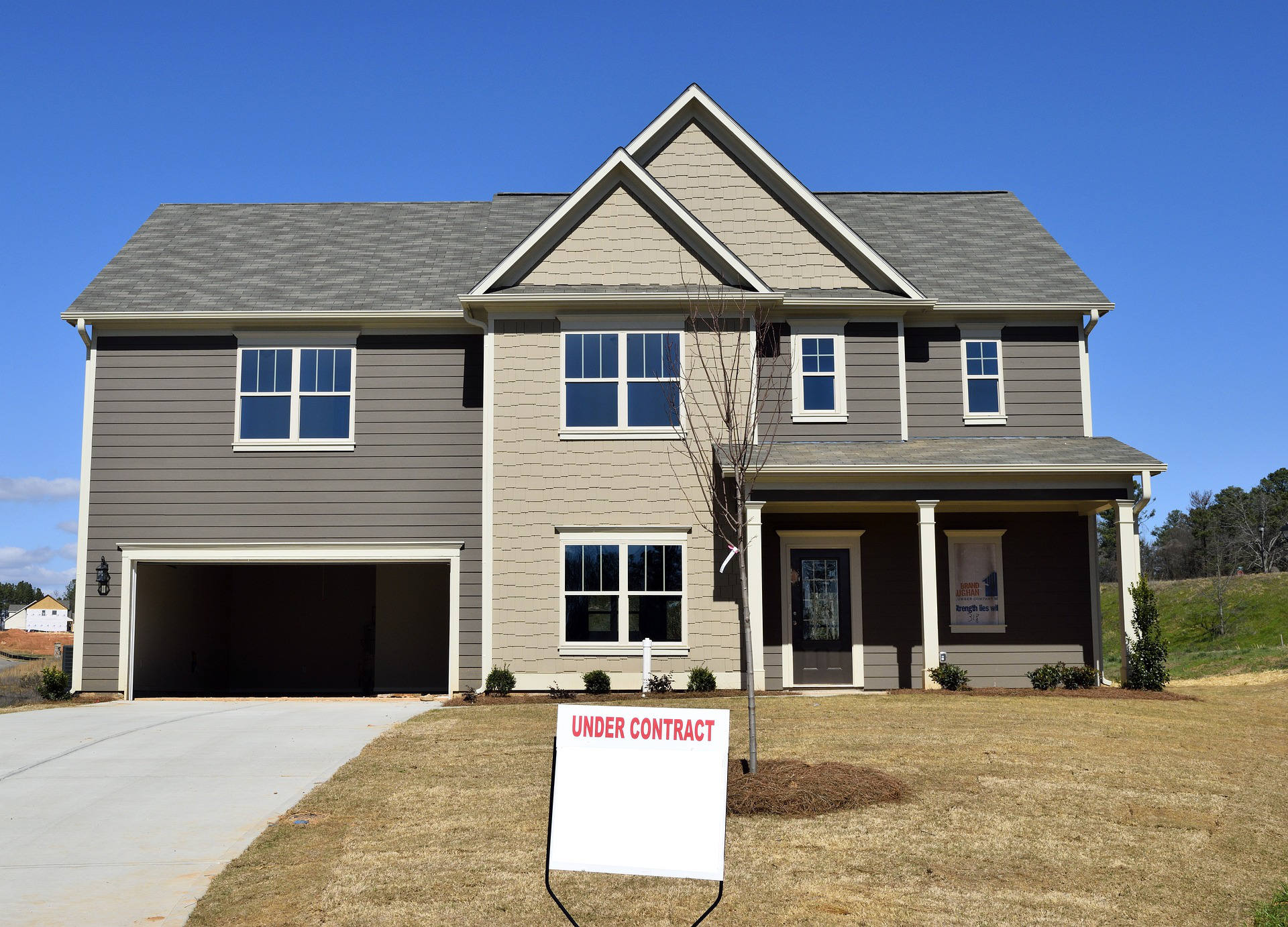What is Radon?
Radon gas is a byproduct of the natural decay of uranium in the soil. Radon decay particles emit Alpha, Gamma, and Beta radiation. The Alpha particles in radon gas are particularly damaging to lungs when inhaled, and can cause lung cancer in humans and animals.
Studies by the Environmental Protection Agency have concluded that more than 20,000 Americans die from radon-induced lung cancer every year, twice the amount of deaths caused by drunk driving nationwide. Radon is 2nd only to smoking as the primary cause of lung cancer in the United States.
Radon is colorless, odorless, and undetectable by the human senses. The only way to know if radon is present in a home is to test for it. Radon Delete uses CRM continuous measurement devices that monitor the level of radon particulates in the air for 48 hours, along with readings for humidity, pressure, and temperature on an hourly basis, with a report being generated and presented immediately after the test.
Radon Delete is AARST-NRPP certified to provide reliable radon tests that are valid for real estate transactions.
Zone 1 Radon Area
Central Kentucky is a Zone 1 radon area, which is the highest zone rating possible. A Zone 1 radon area is defined as an area where 100% of structures are expected to test over the EPA’s recommended guideline for mitigation of 4.0pCi/L. The national average radon level is just 1.3pCi/L in comparison. A person’s radon exposure over a lifetime is measured in Working Level Months or WLM.
The reason Central Kentucky is a Zone 1 radon area is due to the abundance of uranium in our soil combined with unique geological features that include extensive cave systems and porous limestone rock. These features create efficient soil gas pathways for radon gas to enter our homes. Furthermore, the residential structures with basements and crawl spaces commonly found in Central Kentucky tend to test higher for radon than slab-on-grade style foundations. However, ALL types of homes regularly test above the EPA’s action level for mitigation in a Zone 1 area.
How Does Someone End Up Being Exposed to Radon?
A person is exposed to radon gas primarily from the intrusion of soil gas into a structure. While indoor radon levels can be elevated by emanation from construction materials like marble, granite, and concrete, the overwhelming majority of radon in a home is from soil gas entry. That’s why Active Soil Depressurization is the most effective method to reduce radon levels.
Soil gas entry into a home is enhanced by many conditions, including barometric pressure, humidity, temperature, wind, and stack effect, to name just a few.
Stack Effect
Stack effect refers to the chimney-like effect of a home being heated in the wintertime. The heat energy rises through the home bringing with it soil gas that may contain harmful radon decay products. Stack effect is one reason why indoor radon levels tend to be higher in regions with extended heating seasons, and homes tend to test higher for radon in the colder months.
Soil Gas Pathways, Sumps, and Waterproofing Systems
Fractures in basement floors, cold joints, piping or sheetrock areas, well water sources, floor drains, and sump pumps are all major soil gas entry pathways and are very common in Central Kentucky. Homes with waterproofing systems, in basements, tend to test exceptionally high for radon, however, depressurizing those systems with Active Soil Depressurization yields especially good results for radon mitigation.
Part of any thorough Active Soil Depressurization radon mitigation shall include the sealing of all accessible soil gas pathways. That means sealing cracks in the foundation with polyurethane and retrofitting sump basins with airtight lids. (Note that it is always essential to install soil gas preventive drains in the lids of retrofitted sump basins so that water may still enter the basin from the top in the event of a plumbing leak or flood.)
Active Soil Depressurization
Active soil depressurization is the most common and effective method to reduce indoor radon levels. An Active Soil Depressurization consists of at least one extraction point cored through the foundation’s slab, inside of the foundation footer.
It is important to remove as much aggregate underneath the slab as possible. This increases the radon system; in our case, Radon Delete removes a minimum of 5 gallons in installations with large chunky aggregate, and perhaps 10 gallons where small aggregate or even bare dirt is found under the slab.
A schedule 40 PVC pipe (Radon Delete will never use Schedule 20 PVC because it so easily cracks) is placed in the extraction pit and sealed with polyurethane where it penetrates the slab. That pipe is run to the fan location, which could be on the home’s exterior or in an attic.
It is imperative to never install a radon fan in a basement, crawl, or interior space other than a vented attic due to the possibility of reintroducing radon into a structure in the unlikely event the piping is damaged.
There are many types of radon fans, and the specific type needed for any particular application needs to be determined by licensed radon professionals.
Sub Membrane Depressurization
Sub membrane depressurization is the radon mitigation method most commonly used for homes with crawl space type foundations. A vapor barrier is installed in the crawl space by mechanically fastening it to the walls and foundation piers. The membrane seams are sealed with vapor barrier tape and/or seam weld depending on the particular application.
It is crucial to tightly seal the vapor barrier to the foundation walls and piers for a submembrane depressurization system to work efficiently. Radon Delete uses a proprietary product in our installations that provide a perfect and permanent seal, ideal for our systems.
Once the membrane is installed, it is depressurized by a radon fan that may be externally mounted on the side of the home or internally mounted in the attic.
Radon Pipes in Garages
National radon standards dictate that radon pipes installed in garages must be Schedule 40 PVC, be labeled, and adapt fire collars at the garage wall and ceiling penetrations!
Sick Home Syndrome
Modern building techniques focused on energy efficiency can have the unintended consequences of causing higher indoor radon levels due to less fresh air entering the home from outside.
It is essential in Energy Star construction projects to account for an efficient way to introduce fresh air into the home to avoid the buildup of volatile organic compounds (VOC’s) that can further cause illness and respiratory distress. The preferred method for the efficient mechanical introduction of fresh air in a tight home in Central Kentucky is with an Energy Recovery Ventilator (ERV) installed by Radon Delete.
Every home is unique when it comes to indoor radon levels. Just because your neighbor’s home tested low for radon does not mean that your home will too. Conversely, just because homes in a neighborhood typically test high for radon doesn’t necessarily mean that your home will too. The only way to know if any particular home has a radon issue is to perform a radon test.
Energy Recovery Ventilators
Energy Recovery Ventilators can reduce radon levels in homes by up to 50% and can be an effective solution for radon mitigation where the preferred method of Active Soil Depressurization is impossible. ERV’s also offer enhanced dehumidification in the Summer. Radon Delete installs ultra-quiet and efficient Honeywell Truefresh ERV’s.
The Long Term Effects of Radon Exposure?
Alpha particles emitted by radon decay products are the main danger to the lungs of humans and their pets. Alpha particles physically damage the cells in the lung tissue, much like tobacco smoke does. When the damaged cells attempt to repair themselves, they can ‘malfunction,’ causing a mutation that leads to lung cancer.
How to Minimize the Danger of Radon Exposure.
Radon can be successfully mitigated in 100% of all indoor structures. The techniques employed by Radon Delete and other radon professionals have stood the test of time, and every radon-related death should be considered preventable.
Radon Testing.
Have your home tested by an AARST-NRPP certified radon professional. You should ask for a 48-hour test using a continuous radon monitor. The average level measured over the 48-hour test is the number to be considered when making a mitigation decision. While there is no ‘safe’ level of radon, measurements under 4 pCi/L are typically not immediately mitigated, and usually, a retest is recommended in 2 years.





